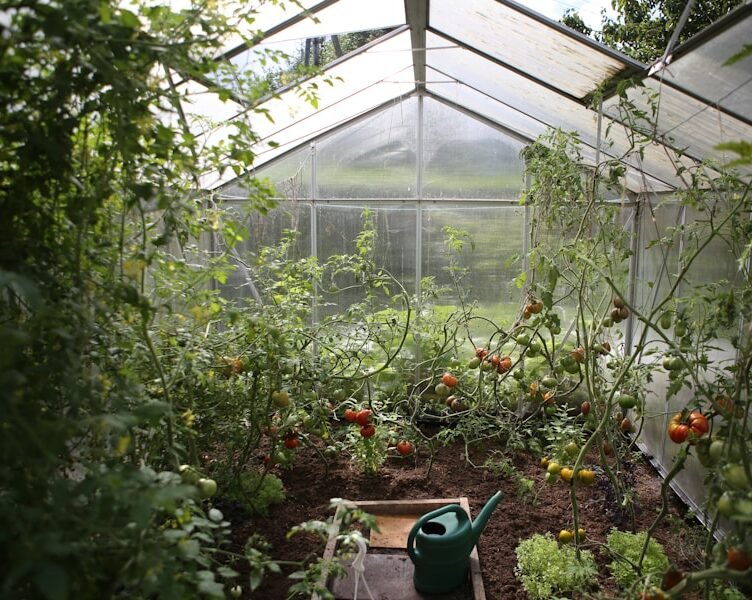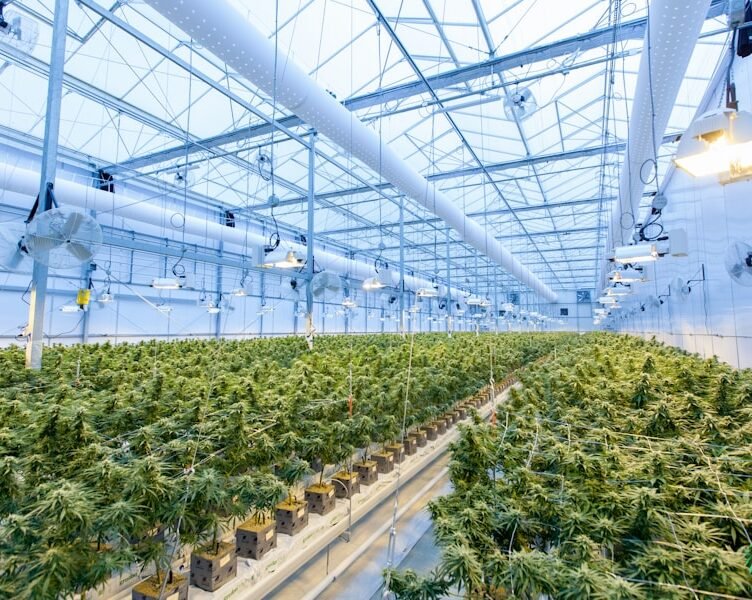Leafy greens are among the most suitable and popular vegetables for hydroponic indoor cultivation. Varieties like lettuce, spinach, kale, and arugula excel in hydroponic environments due to their minimal space requirements and year-round growth potential. With an optimal nutrient solution and adequate lighting, leafy greens can be ready for harvest in as little as 3-4 weeks, making them a rapid and fulfilling choice for indoor gardeners.
Moreover, hydroponic systems enable precise control over growing conditions, resulting in consistently high-quality and flavorful produce. Notably, hydroponically grown leafy greens tend to have a longer shelf life compared to those grown in soil, as they are less susceptible to pests and diseases. This makes them a convenient and sustainable option for home gardeners seeking to minimize food waste.
Regardless of experience level, leafy greens are a versatile and nutritious choice for hydroponic indoor gardening.
Key Takeaways
- Leafy greens such as lettuce, spinach, and kale are ideal for hydroponic indoor gardening due to their shallow root systems and fast growth.
- Root vegetables like radishes, carrots, and beets can also be grown using hydroponic systems, although they may require larger containers and longer growth periods.
- Herbs such as basil, cilantro, and mint thrive in hydroponic setups, providing a fresh and convenient source of flavor for cooking.
- Tomatoes and peppers can be successfully cultivated indoors using hydroponic methods, offering a year-round supply of these popular vegetables.
- Cucumbers, zucchini, microgreens, and even strawberries can also be grown using hydroponic indoor gardening, expanding the variety of produce that can be cultivated in this way.
Root Vegetables
Choosing the Right System
While it may seem counterintuitive, root vegetables such as carrots, beets, and radishes can also be successfully grown using hydroponic indoor gardening. With the right setup, these vegetables can thrive in a soilless environment, producing high yields of crisp and flavorful roots.
Key Considerations for Hydroponic Root Vegetables
One of the key considerations when growing root vegetables hydroponically is choosing the right type of system. For example, a deep water culture or nutrient film technique system works well for carrots and beets, as it allows the roots to have ample space to grow and develop.
Nutrient Solution for Healthy Root Development
In addition, providing the appropriate nutrient solution is crucial for the successful growth of root vegetables. These plants require a balanced mix of essential nutrients, including nitrogen, phosphorus, and potassium, to support healthy root development.
A Bountiful Harvest Year-Round
With careful attention to these factors, home gardeners can enjoy a bountiful harvest of fresh and nutritious root vegetables year-round.
Herbs
Herbs are another excellent option for hydroponic indoor gardening, as they are compact, fast-growing, and highly versatile. Popular herbs such as basil, cilantro, mint, and parsley can thrive in a hydroponic environment, producing an abundance of aromatic leaves that can be used in cooking, teas, and other culinary applications. One of the key advantages of growing herbs hydroponically is the ability to control their growth conditions, resulting in higher yields and superior flavor compared to traditional soil-based methods.
Moreover, hydroponic systems allow for efficient use of space, making it possible to grow a variety of herbs in a small indoor garden. This is particularly beneficial for urban dwellers or those with limited outdoor space. Whether you’re a seasoned chef or simply enjoy adding fresh herbs to your meals, hydroponic indoor gardening provides an accessible and rewarding way to cultivate a diverse selection of flavorful herbs.
Tomatoes and Peppers
| Vegetable Type | Ideal pH Level | Growth Time | Light Requirements |
|---|---|---|---|
| Lettuce | 5.5 – 6.5 | 3-4 weeks | 12-16 hours/day |
| Tomatoes | 5.5 – 6.5 | 8-12 weeks | 14-18 hours/day |
| Cucumbers | 5.8 – 6.0 | 6-8 weeks | 14-16 hours/day |
| Bell Peppers | 5.5 – 6.5 | 8-10 weeks | 14-18 hours/day |
Tomatoes and peppers are popular vegetables that can be successfully grown using hydroponic indoor gardening. These warm-season crops thrive in a controlled environment with ample light and consistent temperatures, making them well-suited for indoor cultivation. With the right setup, home gardeners can enjoy a steady supply of ripe tomatoes and peppers throughout the year, regardless of the outdoor climate.
In addition to their prolific yields, hydroponically grown tomatoes and peppers tend to be more disease-resistant and have a longer shelf life compared to those grown in soil. This makes them an attractive option for those looking to reduce their reliance on store-bought produce. Whether you prefer snacking on sweet cherry tomatoes or adding a kick of heat with homegrown peppers, hydroponic indoor gardening offers an efficient and sustainable way to cultivate these popular vegetables.
Cucumbers and Zucchini
Cucumbers and zucchini are vining vegetables that can be grown using hydroponic indoor gardening with the right support system in place. These plants require ample space for their vines to grow and produce fruit, making them well-suited for larger hydroponic setups such as a vertical or trellis system. With proper care and attention to their growing conditions, home gardeners can enjoy a bountiful harvest of crisp cucumbers and tender zucchini throughout the growing season.
Furthermore, growing cucumbers and zucchini hydroponically can help reduce the risk of common soil-borne diseases and pests that often plague these plants when grown in traditional garden beds. This makes them an attractive option for those looking to minimize the use of chemical pesticides and fungicides in their gardening practices. Whether you’re a fan of refreshing cucumber salads or enjoy incorporating zucchini into your favorite recipes, hydroponic indoor gardening provides a reliable and sustainable way to cultivate these versatile vegetables.
Microgreens
What are Microgreens?
Microgreens are young vegetable greens that are harvested at an early stage of growth, typically when they are 1-3 inches tall. These tender greens are packed with flavor and nutrients, making them a popular choice for home gardeners looking to add a fresh and vibrant touch to their meals.
Easy to Grow and Versatile in the Kitchen
Microgreens can be easily grown using hydroponic indoor gardening, as they require minimal space and can be harvested in as little as 1-2 weeks from sowing. In addition to their rapid growth and high nutritional value, microgreens are also highly versatile in the kitchen, adding color and flavor to salads, sandwiches, and other dishes.
A Convenient and Rewarding Option for Home Gardeners
With the right setup and attention to detail, home gardeners can cultivate a diverse selection of microgreens year-round, providing a convenient source of fresh greens for their culinary creations. Whether you’re new to gardening or an experienced enthusiast, microgreens offer an accessible and rewarding option for hydroponic indoor cultivation.
Strawberries
Strawberries are a beloved fruit that can be successfully grown using hydroponic indoor gardening with the right setup and care. These sweet and juicy berries thrive in a controlled environment with ample light and proper air circulation, making them well-suited for indoor cultivation. With the right hydroponic system in place, home gardeners can enjoy a steady supply of ripe strawberries throughout the growing season.
Furthermore, growing strawberries hydroponically can help reduce the risk of common soil-borne diseases and pests that often plague these plants when grown in traditional garden beds. This makes them an attractive option for those looking to minimize the use of chemical pesticides and fungicides in their gardening practices. Whether you enjoy snacking on fresh strawberries or incorporating them into your favorite desserts, hydroponic indoor gardening offers an efficient and sustainable way to cultivate these beloved fruits.
In conclusion, hydroponic indoor gardening offers a versatile and sustainable way to cultivate a wide variety of vegetables and fruits year-round. Whether you’re interested in growing leafy greens, root vegetables, herbs, tomatoes and peppers, cucumbers and zucchini, microgreens, or strawberries, there are numerous options available for home gardeners looking to explore this innovative growing method. With careful attention to the specific needs of each plant type and the right setup in place, hydroponic indoor gardening provides an accessible and rewarding way to cultivate fresh and nutritious produce at home.
Whether you’re new to gardening or an experienced enthusiast, there are endless possibilities for growing a diverse selection of vegetables and fruits using hydroponics.
FAQs
What is hydroponic indoor gardening?
Hydroponic indoor gardening is a method of growing plants without soil, using nutrient-rich water solutions to deliver essential nutrients directly to the plant roots. This method allows for the cultivation of plants indoors, using artificial lighting and controlled environments.
What types of vegetables can be grown using hydroponic indoor gardening?
A wide variety of vegetables can be grown using hydroponic indoor gardening, including leafy greens such as lettuce, spinach, and kale, as well as herbs like basil, cilantro, and mint. Other vegetables that can be successfully grown using this method include tomatoes, cucumbers, peppers, and even certain root vegetables like radishes and carrots.
What are the benefits of growing vegetables using hydroponic indoor gardening?
Some of the benefits of growing vegetables using hydroponic indoor gardening include faster growth rates, higher yields, and the ability to grow plants year-round regardless of outdoor weather conditions. Additionally, this method uses less water and space compared to traditional soil-based gardening, and it allows for greater control over nutrient levels and environmental factors.





